Coming August 2025!
This release delivers a significant leap forward in connectivity, usability, and empowering industrial users. With a focus on simplifying complex configurations, enhancing data ingestion flexibility, streamlining developer workflows, and improving operational clarity, IoT Unified 10.6.0 puts more power and control directly into your hands at the edge and in the cloud.
Key highlights include a highly configurable alarm system, enhanced support for integrating with external HTTP-based systems, more robust network configuration tools for edge devices, integrated Git version control for scripts, simplified file-based data I/O, a streamlined anomaly detection model creation workflow, and user-scoped database capabilities.
Key Features and Enhancements in 10.6.0
This release introduces several major features and significant enhancements across the platform:
1. Configurable Alarm System with Dynamic Context
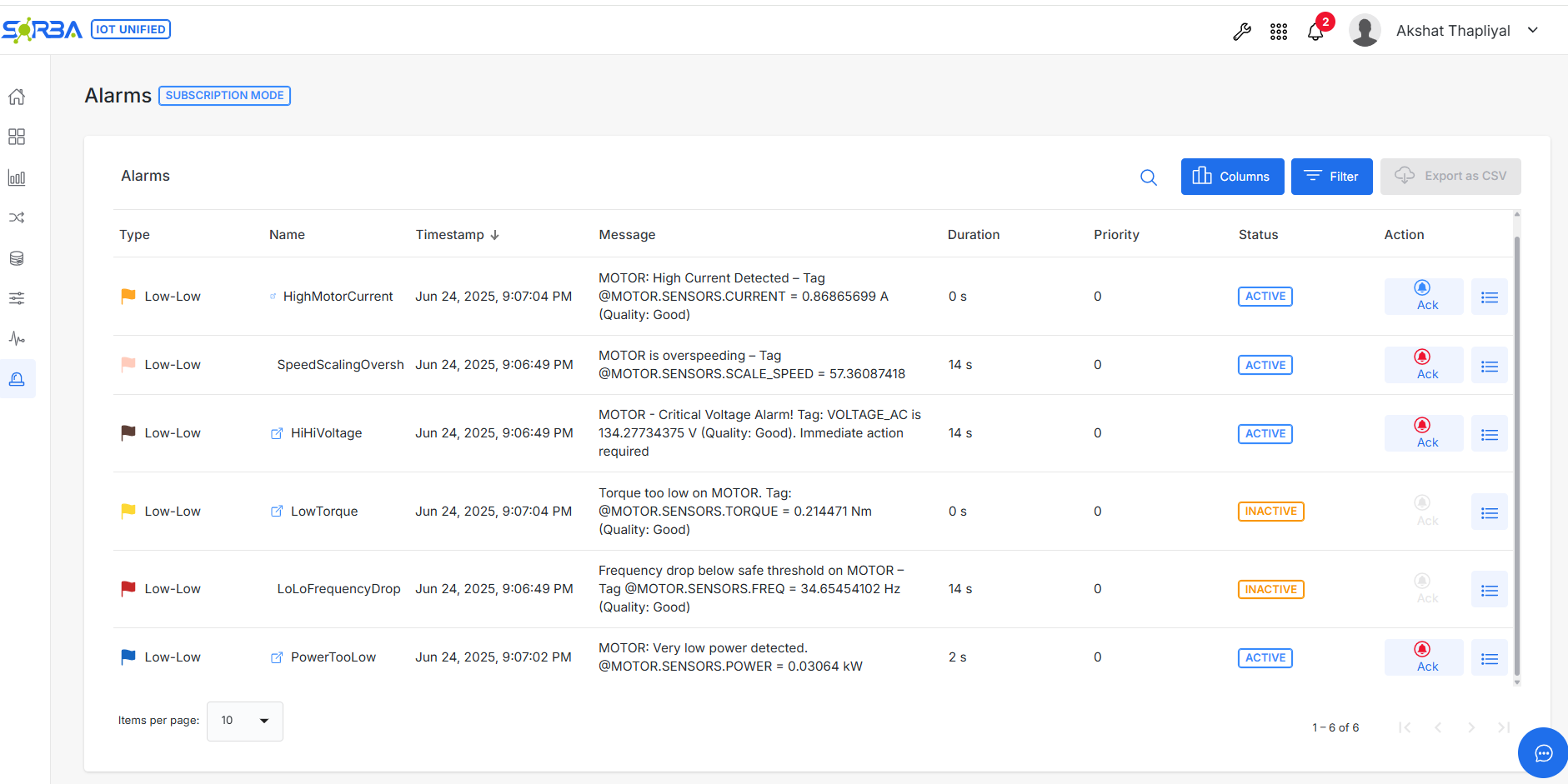
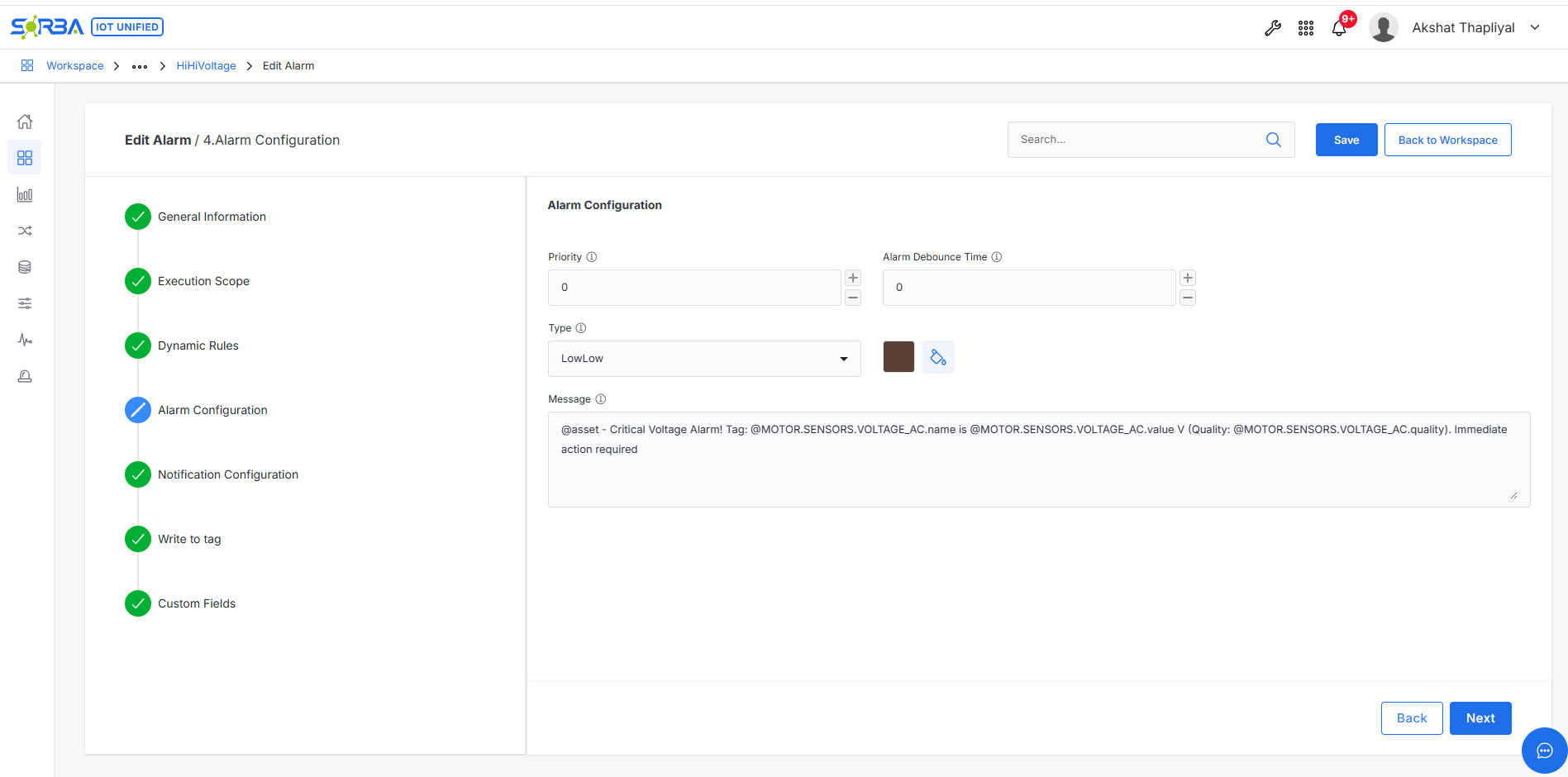
- Addresses: Static, unclear alarms and error-prone configuration.
- What's New: Users can now create dynamic alarm descriptions that automatically include real-time tag values, quality, and asset information using placeholders. Configuration is simplified with context-aware tag selection. Alarms can be color-coded for visual prioritization. Detailed acknowledgment metadata improves traceability.
- Benefit: Enhances operational clarity and response time for critical events, reduces misconfiguration errors, and improves audit trails.
2. Enhanced HTTP Data Handler
- Addresses: Limited flexibility, security, and debuggability when integrating with external APIs via HTTP.
- What's New: A completely revamped HTTP Data Handler offering intuitive configuration for various HTTP methods, headers, body types (including raw JSON, XML), and robust authentication methods (Basic, Bearer, OAuth 2.0, Custom scripts). Includes secure communication options (client certificates, server validation) and allows for pre-request, post-response, and process body scripting.
- Benefit: Enables secure, flexible, and reliable integration with virtually any third-party API or industrial gateway exposing HTTP endpoints, reducing the need for external tools or middleware.
3. Enhanced WiFi & Ethernet Network Configuration
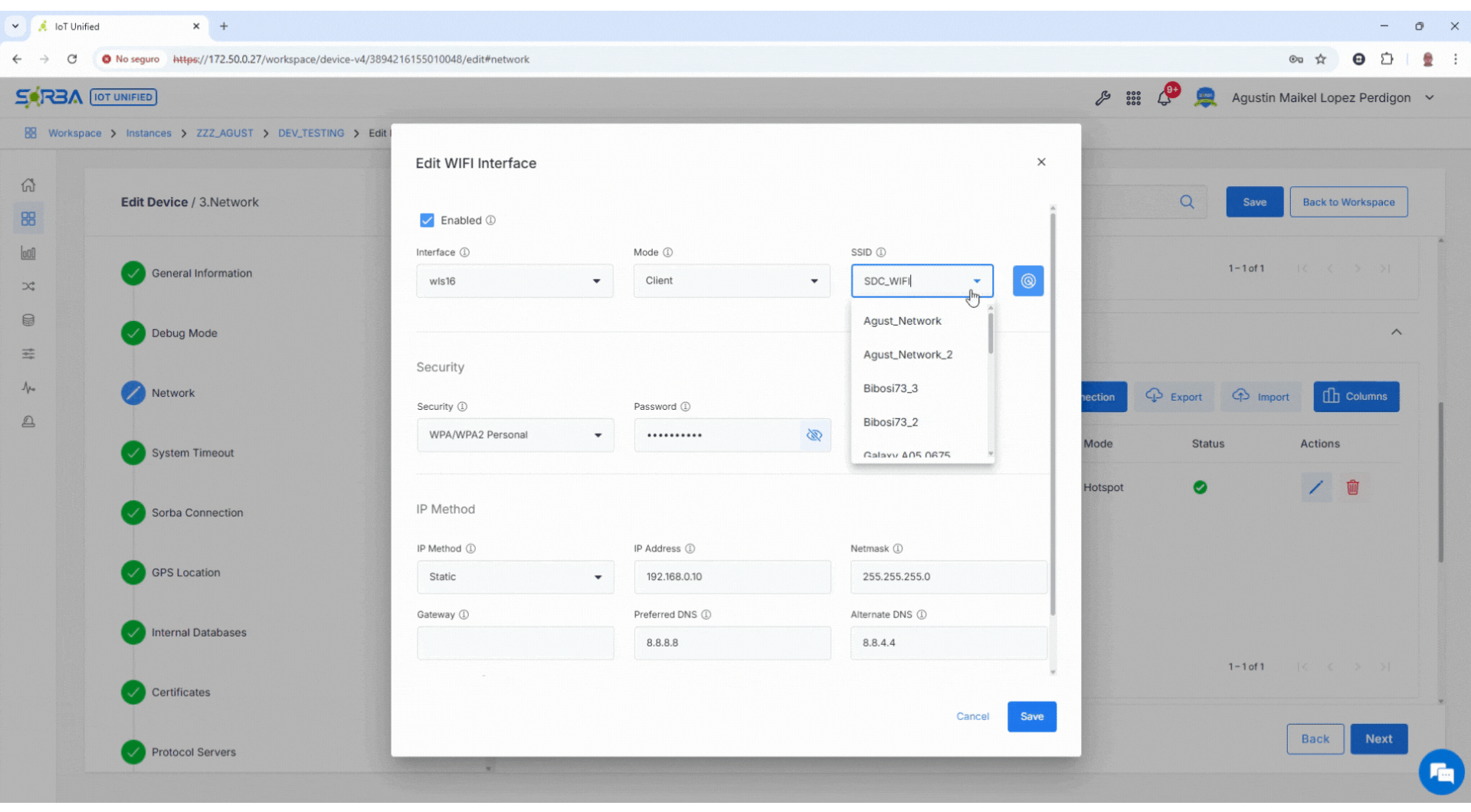
- Addresses: Difficulty configuring network interfaces, especially WiFi (Client/Hotspot) and specific Ethernet ports, on edge devices from within the SORBA UI.
- What's New: Unified interface for configuring WiFi (Client with scanning, Hotspot with full DHCP/routing control) and selecting/configuring specific Ethernet interfaces (DHCP/Static). Supports importing/exporting hotspot settings for scalability. Provides real-time interface status and validation.
- Benefit: Simplifies network setup and management for distributed edge devices, improves connectivity reliability, and empowers field technicians and integrators with more control directly within the SORBA platform.
4. GitHub-Integrated Script Versioning
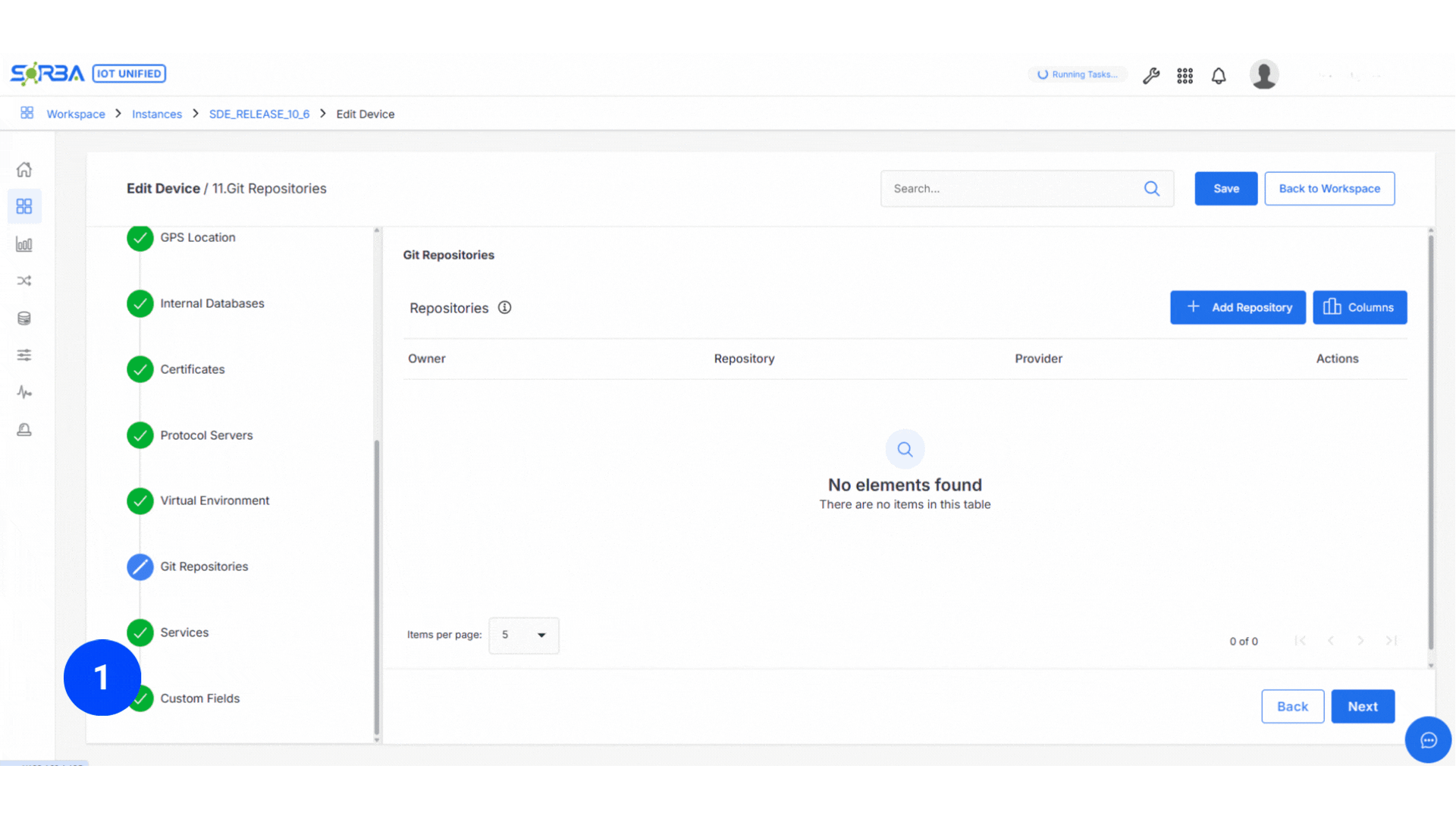
- Addresses: Lack of version control, collaboration challenges, and manual process for managing scripts.
- What's New: Direct integration with GitHub repositories from within the SORBA script editor UI. Users can now commit, push, pull, create branches, view history, and restore versions seamlessly. Supports secure token-based authentication.
- Benefit: Streamlines developer workflows, enables team collaboration on scripts, provides built-in backup and recovery, and enhances traceability for script changes.
5. SmartData IoT Connector: File Integration
- Addresses: Challenges with automating the ingestion of structured data from files (local or cloud) and securely saving processed data to file destinations.
- What's New: A new IoT Connector Node specifically for file integration. Supports loading data from structured files (CSV, Excel, JSON, XML) and saving processed data to local or cloud storage (AWS S3, Google Cloud, Azure Blob, OneDrive, Google Drive). Includes format validation and error handling.
- Benefit: Automates file-based data workflows, reduces manual effort and errors in data transfer, increases compatibility with systems using file exports/imports, and simplifies the movement of data to/from cloud storage.
6. Unified Anomaly Detection Creation
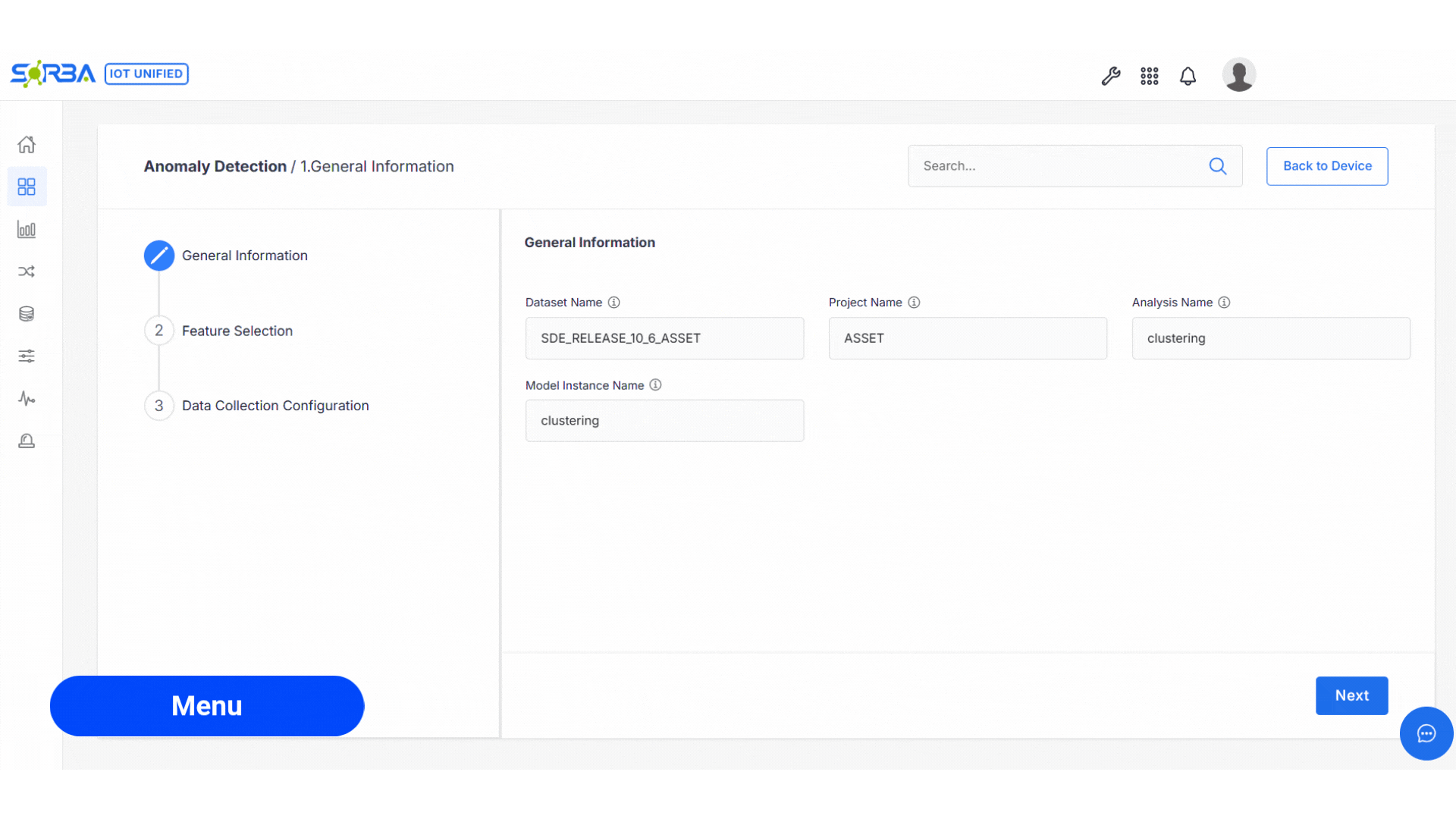
- Addresses: Complex and scattered workflows for initiating anomaly detection model training, often restricted by node type.
- What's New: Simplified, centralized workflow to initiate Anomaly Detection model creation directly from any main node (Generic, Group, Asset, Device). The system automatically handles scope (global/local) and requires minimal user input (primarily tag selection and time range). Progress is tracked via background tasks.
- Benefit: Makes powerful anomaly detection models significantly easier and faster to create and deploy, empowering OT professionals to leverage AI for proactive monitoring with minimal configuration effort.
7. User-Scoped MySQL Database Creation
.gif)
- Addresses: Lack of a secure, isolated method for users to store custom data in a database within the existing MySQL instance without risking system data.
- What's New: Users can now create and manage their own dedicated MySQL databases and tables directly within the Device section of the SORBA UI. These databases are automatically scoped and isolated, preventing access to internal system databases. Includes name validation and security restrictions.
- Benefit: Provides a convenient, secure, and isolated storage solution for custom data needs (e.g., logs, analysis results, custom tagging) without the overhead of provisioning external database infrastructure, while maintaining system data integrity.
8. Test Connection from Channels + Asset Update Ref + Tag Access Type Column

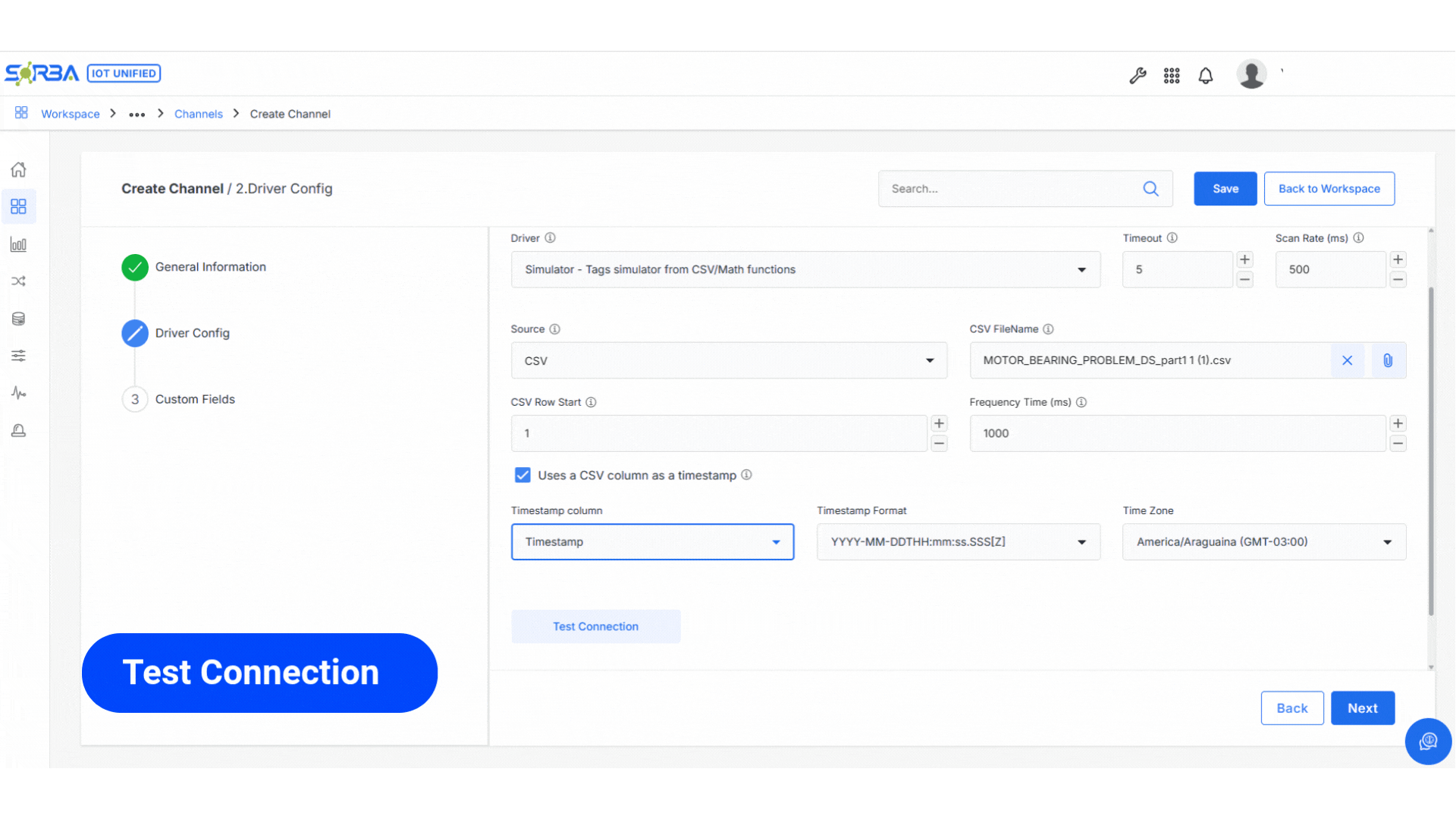
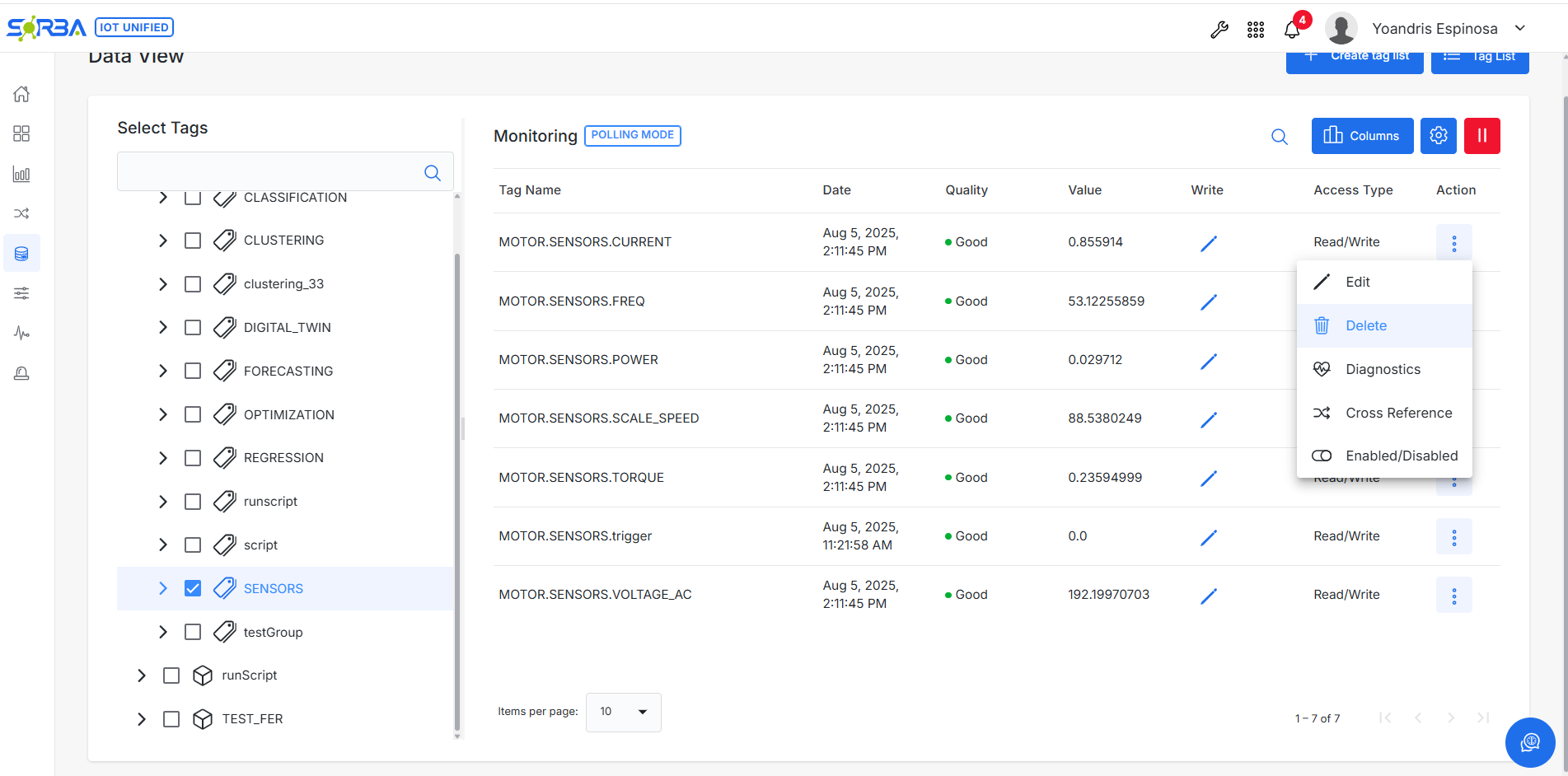
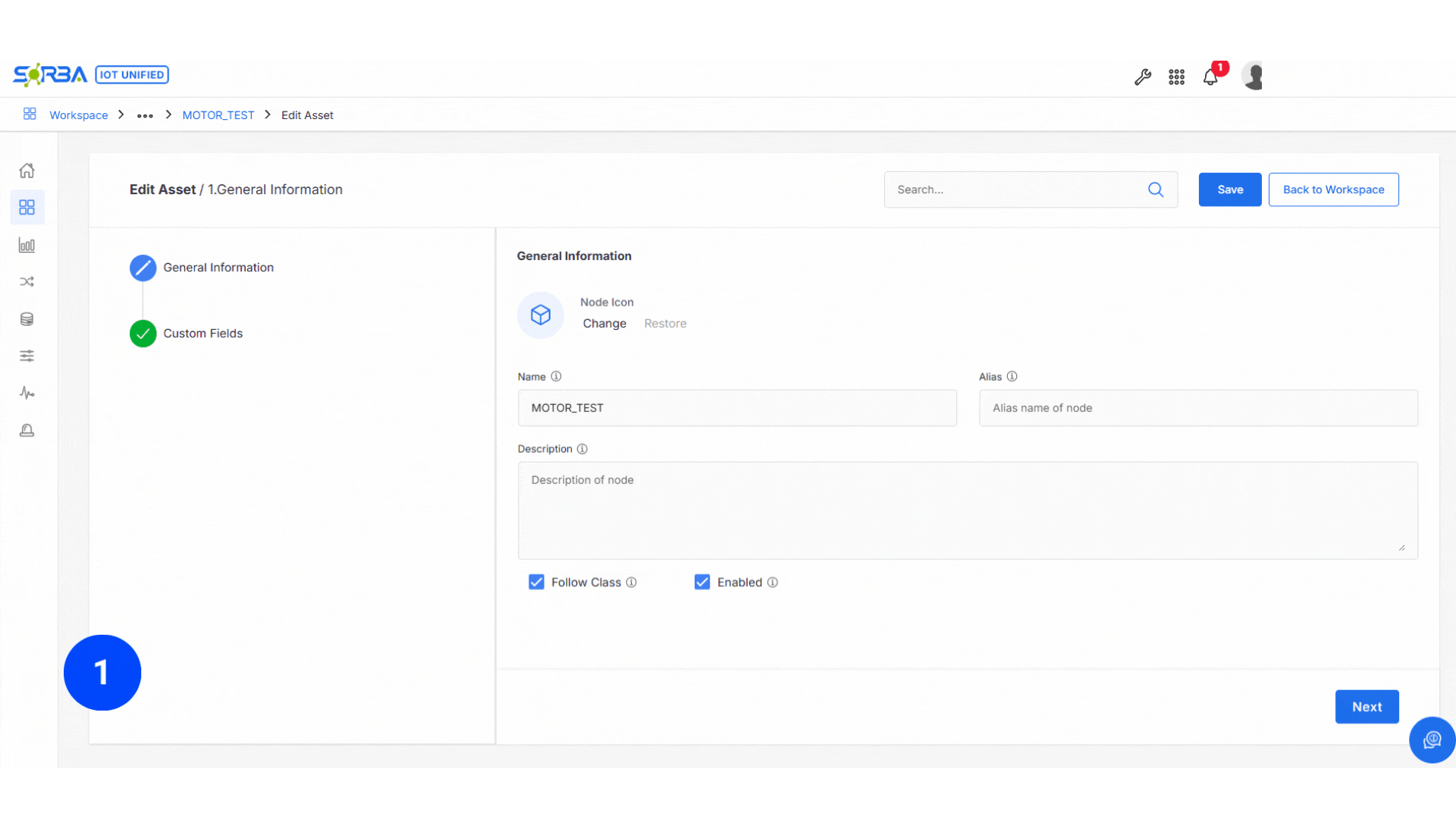
- Addresses: The significant time spent troubleshooting data channel connectivity, managing inconsistent asset references, and preventing errors due to unclear tag access controls.
- What's New: Introducing a "Test Connection" button for instant channel validation, automatic syncing of asset reference updates across all nodes, and a clear "Access Type" column displaying tag permissions (Read/Write) in the UI.
- Benefit: Achieve 25-40% faster setup and debugging, improve tag mapping accuracy by over 50%, and prevent 100% of write errors, ensuring seamless, error-free data integration.
9. Vision Graph Driven Framework
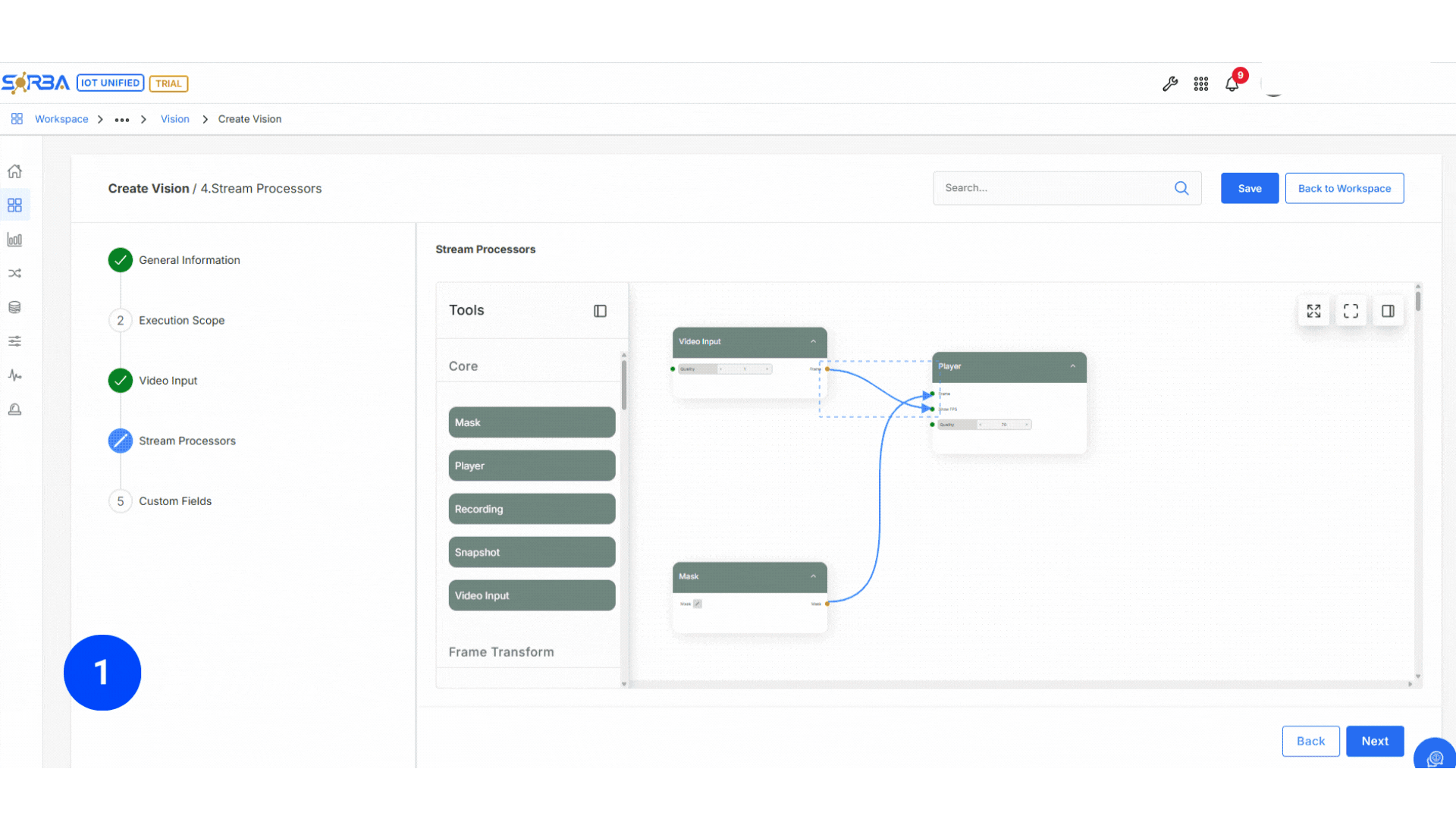
- Addresses: The previous difficulty in designing flexible, complex, and customized video processing pipelines within industrial environments without extensive coding.
- What's New: A new graph-driven framework featuring a drag-and-drop canvas to visually build video processing workflows using modular "bricks," including real-time video players, SORBA Tag/Redis integration, and live parameter control.
- Benefit: Enables rapid, code-free visual design of custom edge video solutions, delivers smoother real-time streaming, and integrates vision data seamlessly into the broader SORBA ecosystem for quick optimization and reduced development complexity.
10. Identity Session Security Policies
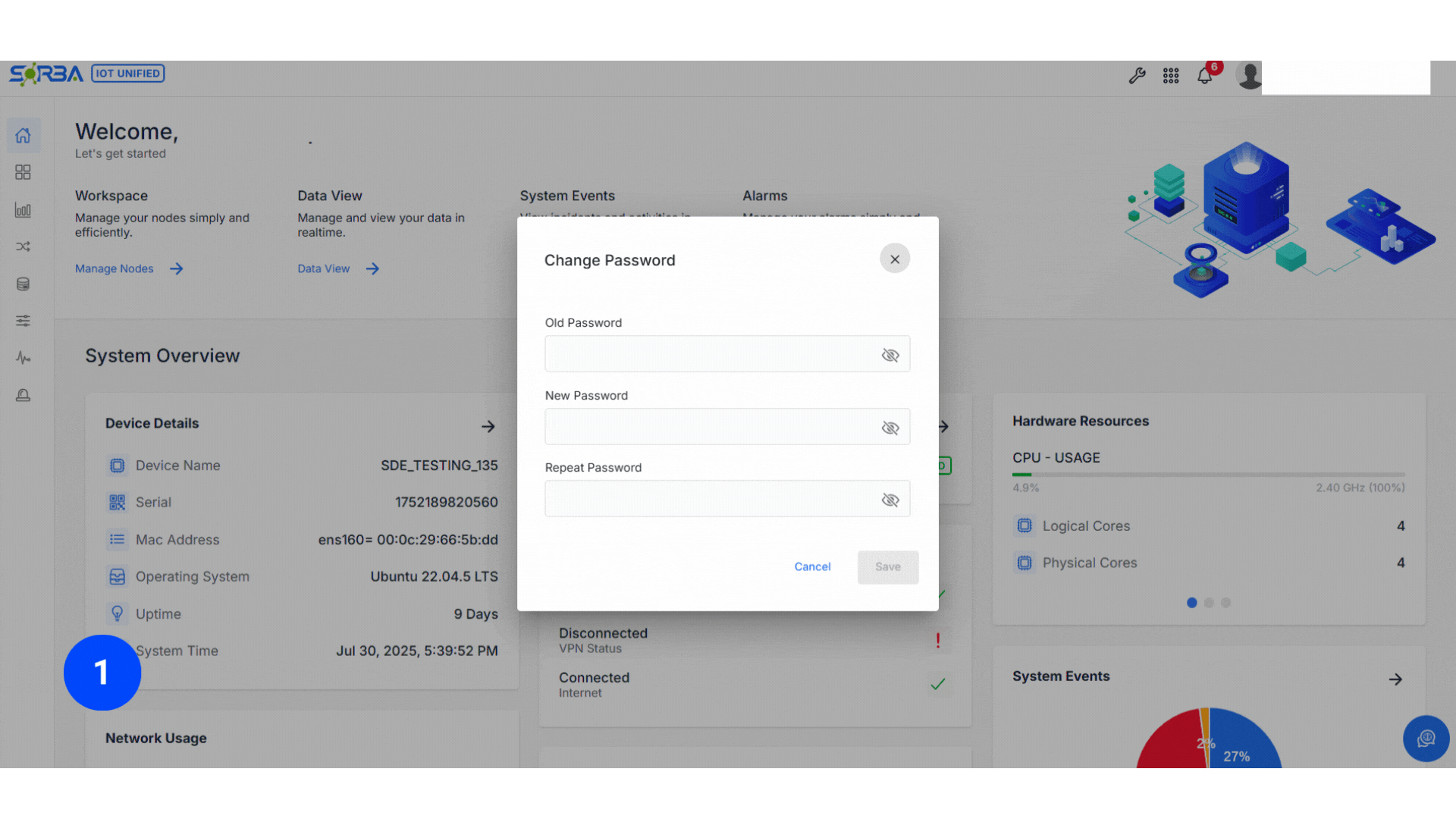
- Addresses: The critical risks of session hijacking, unauthorized access, and password breaches in web applications, which are currently exacerbated by a lack of structured session expiration and password hygiene controls.
- What's New: A new system allowing administrators to define and enforce robust session security policies, including automatic logout after password reset intervals, session expiry warnings, mandatory re-authentication for sensitive actions, and forced password resets for suspicious activity.
- Benefit: Significantly improves overall platform security, reduces account compromise incidents, ensures compliance with IT security standards, and builds user trust through transparent, proactive account safety measures.
11. Unified License Status Display & License Lifecycle Management:
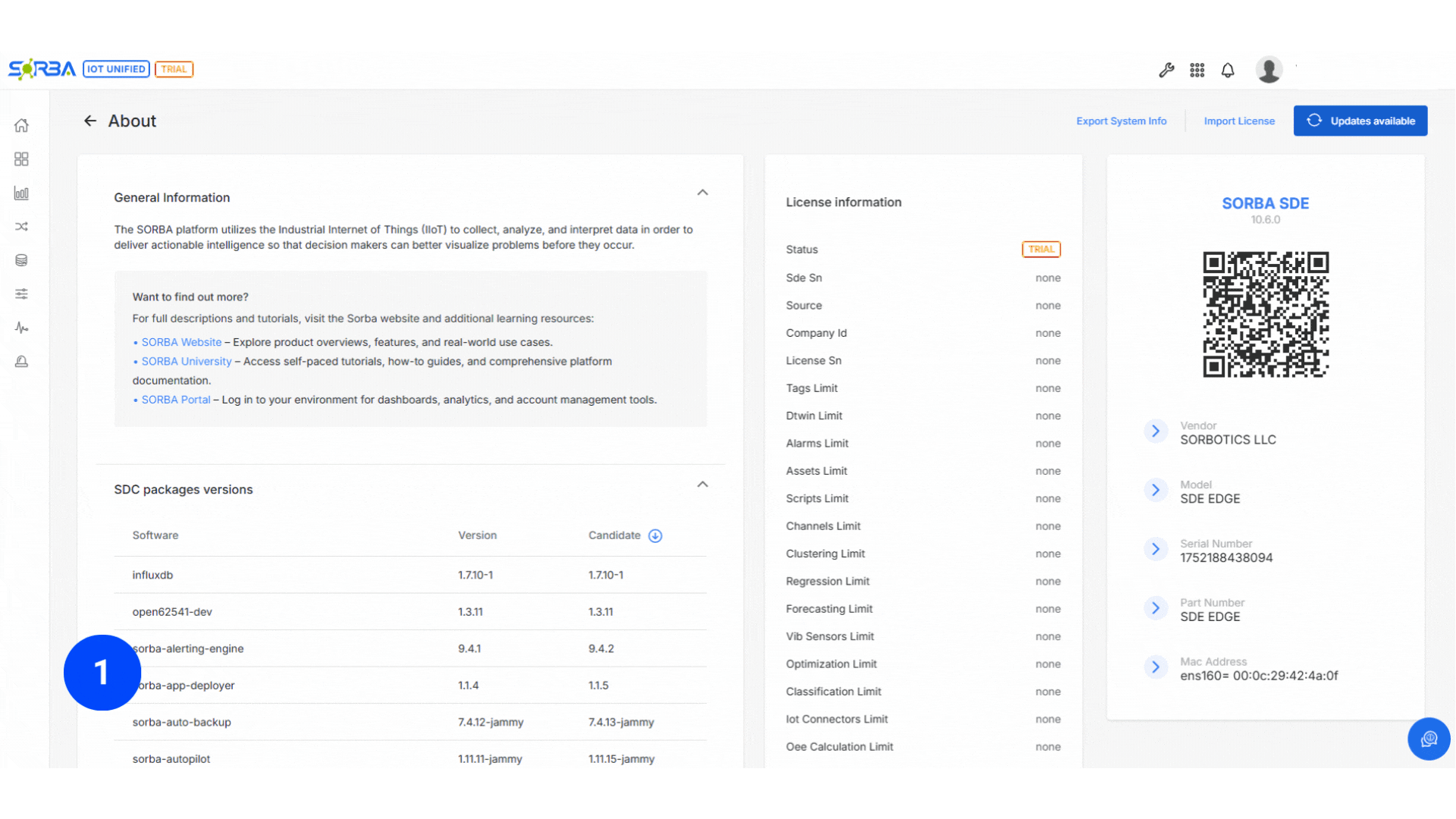
- Addresses: The challenge of fragmented license information, making it difficult for users to quickly assess system operational status or manage licenses efficiently across environments.
- What's New: A prominent, color-coded license status display in the UI header (Trial, Expired, Invalid), along with centralized tools for secure license import, deletion, and cloud-to-edge synchronization.
- Benefit: Provides instant visibility of license state, reduces downtime by guiding users with contextual tips, and ensures secure, auditable license management with protective safeguards against mismanagement.
.png)


